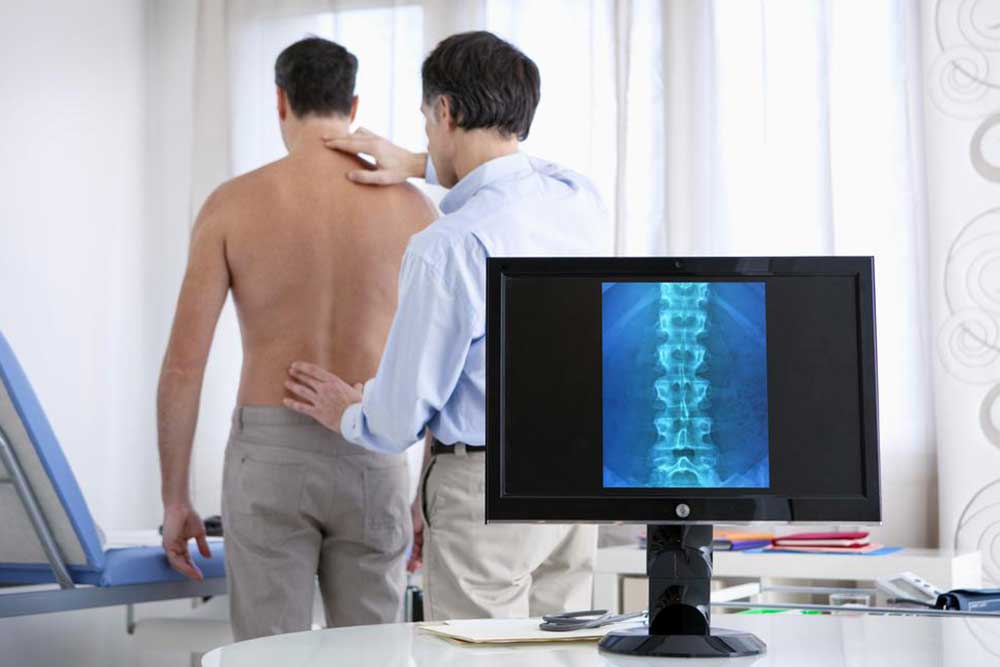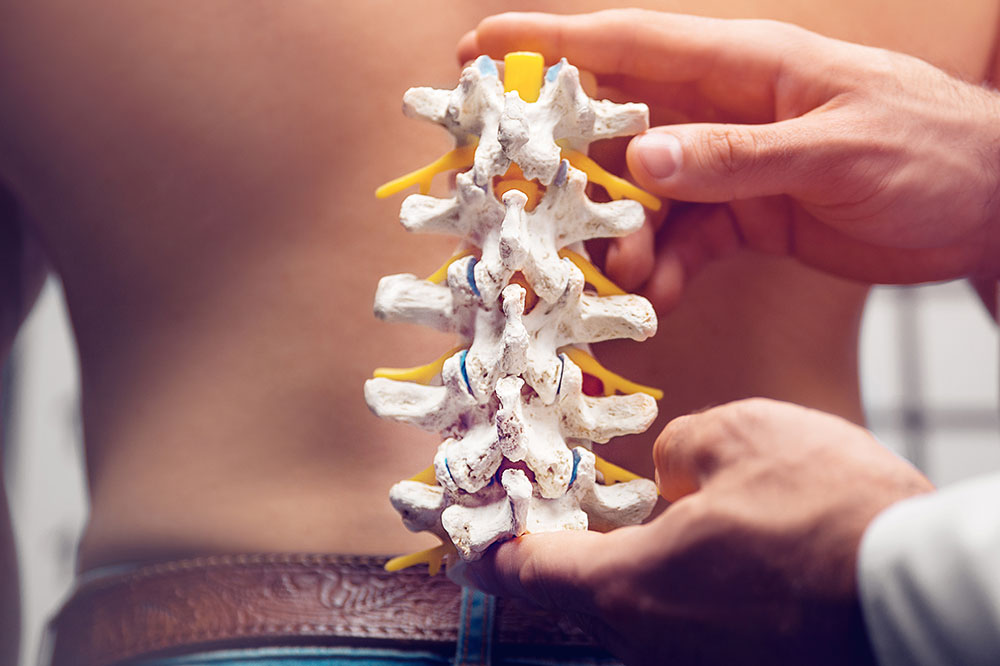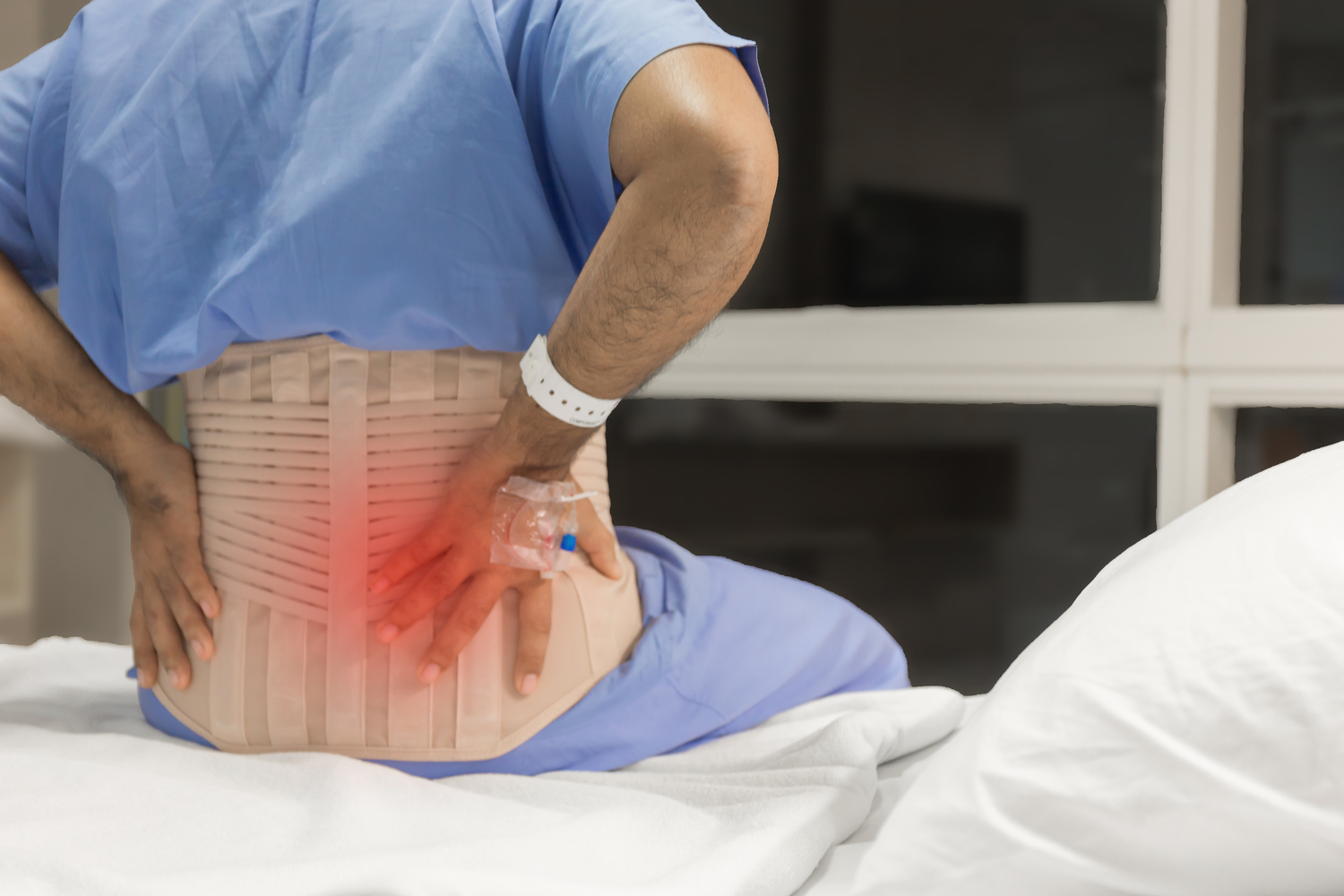Comprehensive Guide to Recognizing the Signs and Symptoms of Spinal Compression Fractures
This comprehensive article explores the key signs and symptoms of spinal compression fractures, including back pain, kyphosis, height loss, respiratory issues, and digestive symptoms. Recognizing these early indicators is vital for prompt diagnosis and effective treatment. The article emphasizes the importance of maintaining bone health and seeking medical advice at the first signs of injury or discomfort to prevent serious complications and improve quality of life.

Understanding the Indicators of Spinal Compression Fractures
Spinal compression fractures are a serious health concern that often go unnoticed initially but can lead to significant complications if left untreated. Recognizing the early signs and symptoms is crucial for timely medical intervention. These fractures typically result from trauma or conditions such as osteoporosis, which weakens the bones and makes them more susceptible to compression injuries. This comprehensive guide aims to shed light on the various symptoms associated with spinal compression fractures, their causes, and the importance of seeking medical care promptly.
Back pain remains the most common and prominent symptom of a spinal compression fracture. The pain may manifest suddenly after a fall or injury or gradually develop over days or weeks. Patients often describe the pain as sharp, aching, or persistent, worsening with movement or weight-bearing activities. Recognizing this pain as a potential sign of a fracture can help ensure early diagnosis and treatment, preventing further complications.
One of the hallmark signs of a spinal compression fracture is a noticeable change in posture. As the vertebrae collapse under pressure, the spine may develop a forward curvature known as kyphosis, often appearing as a dorsal hump or hunchback. This abnormal posture results not only from bone weakening but also from vertebral collapse, altering the body's normal alignment. Patients with kyphosis often experience persistent back and neck pain, which can restrict mobility and negatively impact quality of life.
Another significant symptom is unexplained reduction in height. Chronic or multiple fractures lead to the gradual shortening of the spine, causing individuals to appear shorter over time. This loss of height is usually subtle at first but becomes more noticeable as the condition progresses. The decrease in stature is often accompanied by other symptoms such as back pain, fatigue, and changes in body balance.
Depending on the severity of the fracture, some individuals may also encounter respiratory difficulties. Severe spinal compression can decrease the space within the thoracic cavity, affecting lung expansion and function. This complication may manifest as shortness of breath, especially during exertion, and requires prompt medical attention to prevent respiratory compromise.
Hip discomfort and pain are also common, particularly when vertebral collapse causes ribs to shift closer to the pelvis. This proximity can lead to friction and strain in the hip region, resulting in discomfort or pain that may be mistaken for other musculoskeletal issues. Recognizing the link between spinal fractures and hip pain is vital for accurate diagnosis and effective management.
Gastrointestinal symptoms such as reduced appetite, weight loss, and constipation can also occur as a result of spinal shortening. When the vertebrae collapse, they can exert pressure on the stomach and other abdominal organs, disrupting normal digestive processes. Patients experiencing such symptoms alongside back pain should consult a healthcare professional to rule out spinal causes.
Early detection of spinal compression fractures relies heavily on awareness of these symptoms. If you or someone you know experiences persistent back pain, noticeable height loss, or any of the other symptoms described, seeking prompt medical evaluation is essential. Diagnostic imaging, such as X-rays, MRI, or bone density tests, can confirm the presence of fractures and guide appropriate treatment options. Addressing spinal fractures early can significantly improve patient outcomes, prevent further vertebral damage, and restore mobility and quality of life.
In conclusion, recognizing the signs and symptoms of spinal compression fractures is fundamental to achieving optimal treatment results. Maintaining bone health through proper nutrition, adequate calcium and vitamin D intake, regular exercise, and managing underlying conditions like osteoporosis can help reduce the risk of fractures. Remember, timely medical intervention is key to preventing long-term disability and ensuring better health outcomes for those at risk or experiencing early symptoms of spinal compression injuries.





